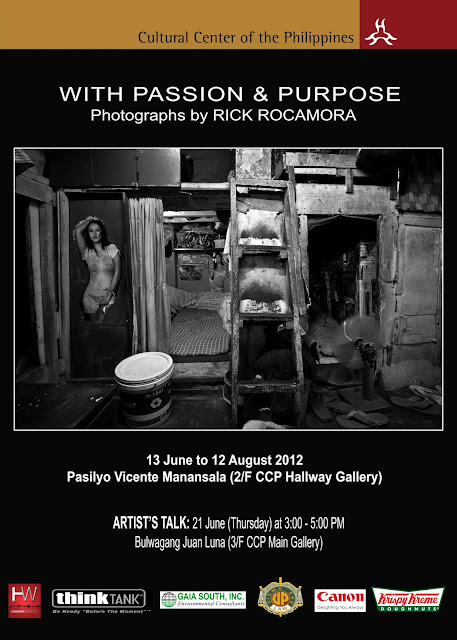Fragile: A Reportage on Maguindanao by Jes Aznar
 For hundreds of years, the islands of Mindanao have always been under fire. Countless battles have been waged to conquer this vast and rich land. Peace has always been elusive.
For hundreds of years, the islands of Mindanao have always been under fire. Countless battles have been waged to conquer this vast and rich land. Peace has always been elusive.But one has to see beyond the culture of dissent to understand what the Moro people really stand for. How they suffer from extreme poverty and injustice every day. How the Spanish, Americans and the modern Filipino victoriously tagged Moros as the antagonists and themselves the protagonists. How they, who once owned Mindanao, now comprise just a fraction of the population and are continuously being evicted and easily killed or accused on a whim.
Through my eyes and my experience in Mindanao, I have taken notice of how fragile this land has become. Its vast natural resources are already dwindling because of large-scale mining and logging. Big chunks of fertile land make way for corporate plantations and subdivisions. The never-ending conflicts are sending the people of Mindanao to faraway lands in search of peace and prosperity. But popular culture opts to send them back.
Just recently, flames of war were again rekindled. Once again, heavy firefights between government troops and Muslim rebels have resumed. Cannons were again pounding on this fragile land. More than half a million displaced. Hundreds killed.
Mindanao and the Moro people have reached a fragile state, ready to break any moment.
This is a part of a long-term reportage on Mindanao and its people. Piece by piece, province by province, on land and in water, the author aims to put pieces of pictures together.
Jes Aznar is a photojournalist and documentary photographer. His photo stories depict the marginalized and the common people’s struggle in their everyday life. He has done several photo essays such as the Hacienda Luisita uprising, human conditions in urban dwellings, the war against diseases in Cambodia, and, recently, the human trafficking issue in the Philippines and other parts of the world. He is currently juggling his time doing documentaries and working for the French news agency, Agence France-Presse. His works have been published on the pages of Time Magazine, Stern, The Washington Post, The Guardian, and Asia Geo magazine, among others.
Public viewing of Fragile begins January 17 at Bound Bookshop, 105-A Scout Castor St. corner Tomas Morato Ave., Quezon City.


Comments